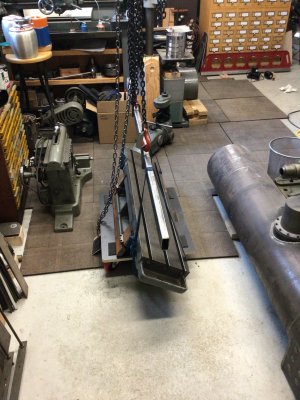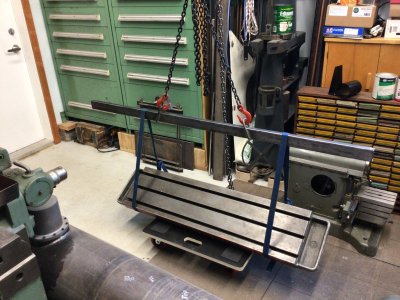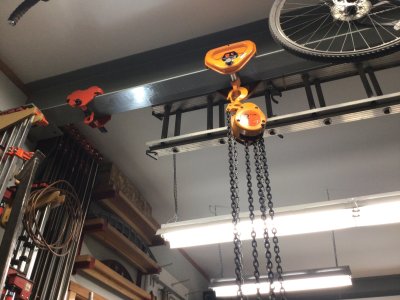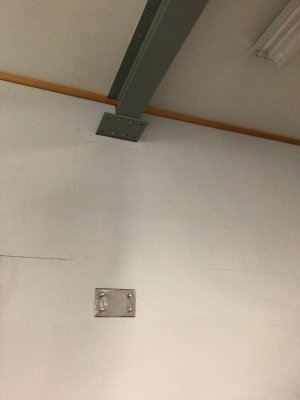Codes dictate allowable steel deflection and safety factors (yes, I’m in the U.S., but it’s named the “International Building Code”). Also keep in mind that local codes can be more stringent than the IBC.
No, I’m not a Structural Engineer (or a PE for that matter); however, I have 15 years experience explaining to clients why they can’t “do what we did the last time.”
I'm not sure what your getting at? What I was trying to convey is that a smaller height beam doesn't mean it's less expensive, never once did I tell him not to get it designed by an engineer
I install steel for a living, I might have some experience in this area, and never once did I say 'this is what you need' I say it will 'at least be 10 or 12...and it will depend how conservative your engineer is, maybe he wants a 16, maybe he's ok with a heavy 12, there are many ways to get the numbers he wants. Tall and skinny or short and heavy, a good engineer will work with the restrictions outlined (heights, clearances, beam availability, etc)
Last edited:





